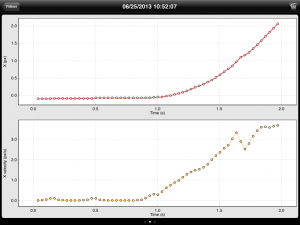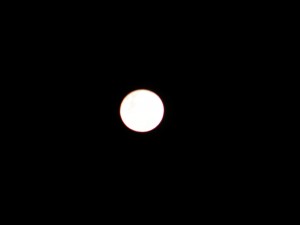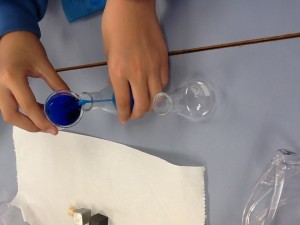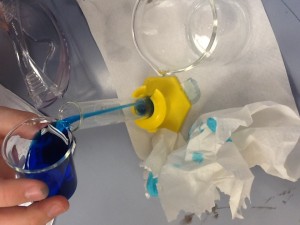8 Science: First up the assignment around particle theory. This didn’t get done on Wednesday because the class lost half of the lesson time. Lots submitted this time but a number of those were very lazy and just mentioned how solids, liquids and gases were different as if they hadn’t used any of the resources I’d put on edmodo before hand. Also the idea of energy making the difference was missing from most of the paragraphs – hopefully that was okay as the rest of today’s lesson was about looking at how energy changes the properties of matter by allowing particles to move more. I had about 6 little practical investigations lined up but we only got through 2 too much time spent bringing the class back to listening (end of the term?) Explanation Does it Matter Also introduced them a little more to the idea of a model, why we use them and that they can have weaknesses. Next week I’ll try to give the students the parent access codes to edmodo so parents can follow achievements and tasks. Also next week slime — but I’m going to recap the idea of energy first up.
10 F Science: I took a group of Year 6 & 7s instead. We looked at why electric motors worked and tried to make some simple ones. We got two groups working using these instructions – or should I say spinning as they all produced an EMF. Electric motors
11 Physics: Newton’s Third Law – we were supposed to do this through a practical investigation so that the group would come to the realisation about equal and opposite forces but they must have had Fridayitis as they couldn’t follow a written instruction to save themselves. So I gave up and did a few little demonstrations around it before finishing off the maths. We finished up by looking at the ideas of mass, weight and terminal velocity so that I could tie them into Newton’s three laws as examples (also made good use of it to talk about balanced forces) Week 1 pt 2 Mass, weight and terminal velocity. Then we spent a little time looking at some questions (similar ones are on edmodo as homework) Questions on Newton class time. I would really like to flip this classroom and introduce the concepts through various media and on edmodo for homework and then spend a lot more time in the class solving problems and analysing and evaluating data, creating explanations for phenomena and applying our Physics knowledge to unfamiliar situations – in other words the higher order thinking rather than the knowledge and understanding. Unfortunately I have to get across the reluctant homework barrier although if they know that the homework is more passive than them having to really work it might work. It’s something I’ve got plans to try but not yet the resources.



![IMG_1108[1]](https://colingrace.edublogs.org/files/2013/06/IMG_11081-298856d-300x225.jpg)
![IMG_1112[1]](https://colingrace.edublogs.org/files/2013/06/IMG_11121-1a2z5ds-300x225.jpg)
![IMG_1113[1]](https://colingrace.edublogs.org/files/2013/06/IMG_11131-1t47v62-300x225.jpg)
![IMG_1115[1]](https://colingrace.edublogs.org/files/2013/06/IMG_11151-1cx8qjg-300x225.jpg)





